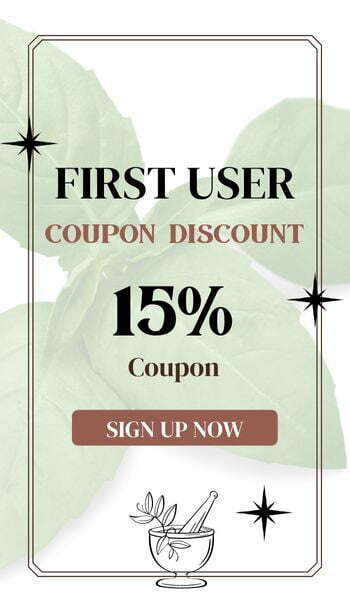One of the trickier facets of the Ketogenic diet, especially for newbies, is the understanding of the value of increasing salt use. When our metabolism changes from being a sugar burner to a fat burner, it increases the amount of sodium that is contained in the metabolism and thus needs more salt in our diet. Because keto eliminates the most popular packaged products with high sodium content, the amount of sodium ingested is therefore automatically reduced. As a result, sodium levels often drop, which can be easily avoided causing unpleasant side effects.
When all of this is new to you and you only start with a keto diet, this Guide to Getting Started on Keto is a great guide that can be quickly followed. Sodium is not the enemy in ketosis of nutrition. We have been taught for years that salt is the enemy, particularly as regards type 2 diabetes and high blood pressure. While I am not a scientist, there is a lot of work in the opposite direction.
What happens if you don’t get enough salt on Keto?
When you don’t get enough electrolytes on Keto, your health notices. We’re talking about low energy, muscle cramps, brain fog, headaches, weakness, insomnia, and several other symptoms of the infamous Keto flu. The minerals called electrolytes are important for everyone, but they’re especially important for Keto folks.
How much salt can you have on keto?
You’ll need to incorporate extra sodium into your diet to counter this. Most ketogenic diet specialists suggest that followers should aim to eat two to four grams of sodium (2000-4000 mg) a day. Note that the minimum daily sodium concentration (RDA) for regular diets is 2300 mg.
Pink Himalayan salt is filled with minerals such as potassium, magnesium, and calcium. For those on keto, it is a favored alternative because it is rawer in shape and less refined. It is also known as Himalayan salt and is extracted near the regions of the Himalayas in Pakistan. It goes through mineral processing where no chemicals are added. This salt has the highest mineral nutrients (84) which are very much essential for the functioning of a normal body.
Benefits of Pink Salt: This salt contains all the essential minerals such as calcium, zinc, iron, magnesium, potassium. Apart from valuable minerals it also balances the body pH level and helps in the regulation of blood sugar levels. Pink salt is the perfect salt for cooking food.
BUY PURE HIMALAYAN PINK SALT ONLINE
Other Benefits
Aside from consuming Himalayan pink salt for weight loss, reports suggest that rock salt may have other benefits as well. Furthermore, it would be of interest to note that the pink salt is enveloped in a string of misconceptions and myths. Here’s a look at a couple of them.
The Sodium Content
Some claims imply that Himalayan pink salt has far less sodium content than any other kind of salt such as table salt. But research suggests that both salts might have the same amounts of sodium content (98 percent sodium chloride). The only difference is in the way each salt is measured.
Because Himalayan rock salt has bigger crystals and is larger than regular table salt, the sodium content per spoon is far lesser. Moreover, since Himalayan salt is much saltier than table salt, people use very little of it to get the desired taste.
It is the More Natural Salt
Another area where people have differing points of view with regards to Himalayan salt and table salt is the fact that a few of them are of the opinion that Himalayan pink salt is more natural than other salts.
This myth may actually be a fact. The reason being – it is generally known that table salt is heavily refined, with a mix of anti-caking agents added to it in order to stop the salt from turning into lumps.
Whereas, Himalayan rock salt is far less artificial in nature and not to mention the fact that it doesn’t contain too many additives.
Conclusion
Himalayan rock salt has an enchanting history and all information points to the fact that much is left to be discovered with regards to the salt’s other finer qualities.





